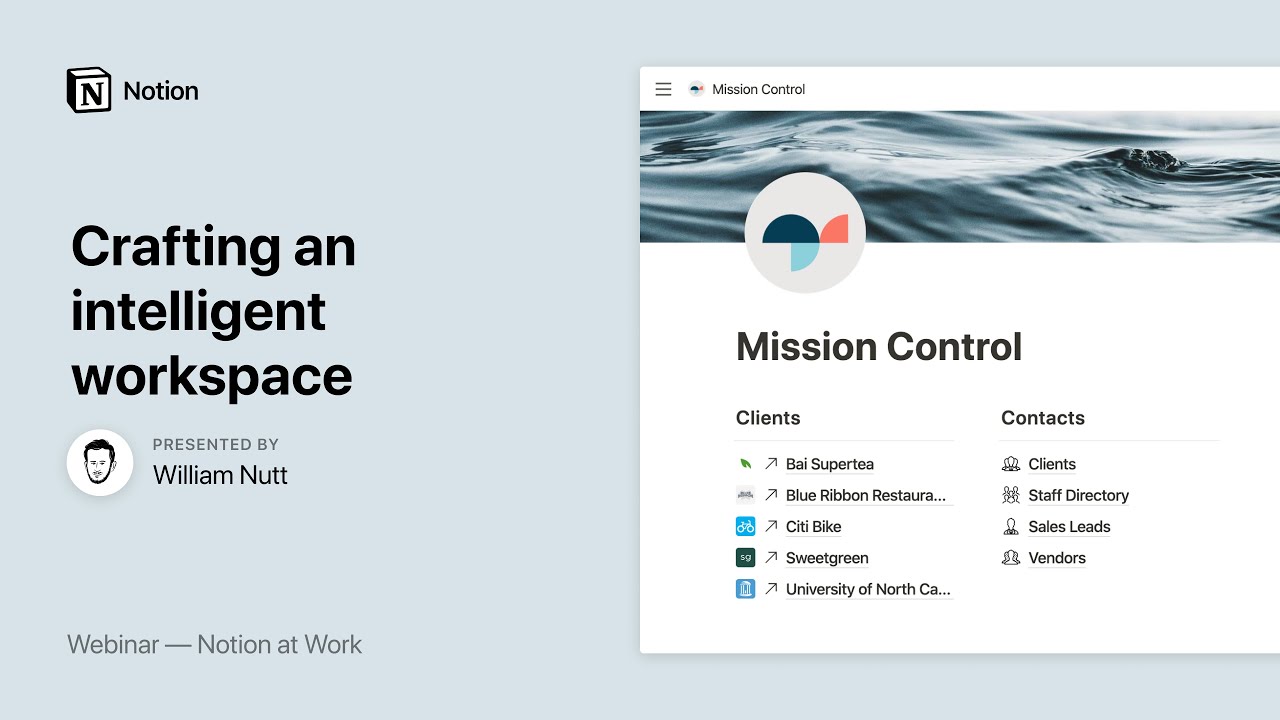Earthwork Part 2
Summary
TLDRIn this webcast, Dr. Kitch explores the critical aspects of compaction equipment and the factors influencing soil compaction in geotechnical engineering. He outlines various types of compaction equipment, such as vibratory and pneumatic rollers, and discusses their specific applications based on soil types. Key processes, including pressure, impact, vibration, and manipulation, are examined alongside essential field variables like moisture content, equipment weight, and lift thickness. The presentation emphasizes the importance of matching equipment to soil characteristics to achieve effective compaction, culminating in a time-lapse demonstration of earthwork preparation for a construction project.
Takeaways
- 😀 Understanding soil compactability is essential, as it varies with soil type (e.g., clay vs. gravel).
- 🛠️ There are four primary processes in soil compaction: pressure, impact, vibration, and manipulation.
- ⚖️ The weight of the compaction equipment and its contact area are crucial for generating the pressure needed for effective compaction.
- 🔨 Impact techniques use a series of blows to compact soil, while vibration rearranges soil particles for denser configurations.
- 🤲 Manipulation through shearing and kneading is particularly effective for compacting cohesive soils.
- 🚜 Compaction equipment can be towed or self-propelled, with various designs optimized for different soil types.
- 💡 Self-propelled footed vibratory compactors are effective for cohesive soils due to their ability to manipulate the soil.
- 🏗️ Pneumatic tired rollers primarily use pressure and can compact both cohesive and granular soils.
- 🌪️ The number of passes made by the compaction equipment significantly affects compaction energy and efficiency.
- 💧 Moisture content is a critical variable for compaction, especially for clayey and silty soils.
Q & A
What are the four main processes involved in soil compaction?
-The four main processes are pressure, impact, vibration, and manipulation.
How does pressure contribute to soil compaction?
-Pressure is generated by the weight of the compaction equipment divided by its contact area with the soil, which compresses the soil.
What type of compaction equipment is best for cohesive fills?
-Self-propelled footed vibratory compactors are particularly effective for cohesive fills due to their use of both pressure and manipulation.
What is the role of moisture content in soil compaction?
-Moisture content is critically important for compacting clayey or silty soils and less critical for clean sands and gravels.
Why is the type of equipment crucial in soil compaction?
-The equipment must be properly matched to the type of soil to ensure effective compaction.
What effect does increasing the weight of the compactor have on soil compaction?
-Increasing the weight of the compactor increases the compaction energy imparted to the soil, enhancing compaction.
How does the number of passes influence the compaction process?
-Increasing the number of passes over a given lift increases the compaction energy imparted to the soil.
What is the impact of lift thickness on compaction energy?
-Increasing the lift thickness decreases the compaction energy per unit volume, as the same amount of energy is distributed over a larger volume of soil.
What are some characteristics used to classify compaction equipment?
-Characteristics include how the compactor is moved (towed or self-propelled), weight, type of loads (static, vibrating, or impacting), and the shape of the compacting surface (smooth or footed).
What is a hand-controlled vibratory pan compactor best suited for?
-It is very effective for compacting sand in small and tight quarters due to its ability to use vibration.
Outlines

Esta sección está disponible solo para usuarios con suscripción. Por favor, mejora tu plan para acceder a esta parte.
Mejorar ahoraMindmap

Esta sección está disponible solo para usuarios con suscripción. Por favor, mejora tu plan para acceder a esta parte.
Mejorar ahoraKeywords

Esta sección está disponible solo para usuarios con suscripción. Por favor, mejora tu plan para acceder a esta parte.
Mejorar ahoraHighlights

Esta sección está disponible solo para usuarios con suscripción. Por favor, mejora tu plan para acceder a esta parte.
Mejorar ahoraTranscripts

Esta sección está disponible solo para usuarios con suscripción. Por favor, mejora tu plan para acceder a esta parte.
Mejorar ahoraVer Más Videos Relacionados
5.0 / 5 (0 votes)






